Our last trip blog for the Friends for Sharks 2015 World Tour focuses on diving with Projects Abroad in Thailand at the tourist hot-spot of Ao Nang – well known for its stunning beaches, beautiful island groups, warm water, coral reefs and cliff climbing.
Projects Abroad conduct 3 days of survey diving per week alternating between local dive sites and the island of Phi Phi (where the beach from the film The Beach is located). Survey dives require volunteers to study fish species for identification and are similar to the surveys carried out in Cambodia with details on the benthic [sea floor] topography and life noted too. Species diversity is high in these waters and every dive will result in something new to see while the relatively common sights like enormous barrel sponges will continue to amaze throughout your trip. Nudibranch lovers will not be disappointed either – I found 8 different species in just 1 dive! I also saw my first sea krait and found my first stone fish. I’ve been shown them before, but never found one until this trip, they’re incredibly well camouflaged!
- Sea Krait
- Stone Fish
Anyone who last dived these seas 6 to 10 years ago may find things a little different as far as the corals go. 2010 was a year that saw huge swathes of corals die off. The effect known as bleaching occurs in years with unusually high sea temperatures, generally coinciding with an ‘El Niño’ event. El Niño is an oscillation of the warm and cold waters across the Southern Pacific Ocean and the effects in recent decades have been exacerbated by global warming with prolonged periods of especially high temperatures.
Hard corals may look like colourful hardy plants, but they are in fact delicate animals that live colonially inside calcium carbonate (limestone) structures. Soft corals are more obviously delicate, but live out in the open and can grow to considerable size if undamaged by people or the environment. They depend on stable environmental conditions to thrive and the more extreme an El Niño event, the more damage it causes to the organisms. The term bleaching comes from the bright white ‘skeletons’ that remain when the corals eject their symbiotic bacteria thus losing the colour they gave. If temperatures don’t lower again soon, they die off leaving only the bright white limestone home they inhabited.
Fortunately, the reefs are recovering well. Many small corals can be seen growing and colonising areas which plainly used to have huge corals. Fish life remains abundant though these too would suffer should the reefs be prevented from recovering for some reason. With fishing as such an important food source in the region, surveying the health of the reefs and indicator fish species is an important role in providing data for ensuring a sustainable environment. Healthy reefs and fish life will of course also bring in the tourists who like to snorkel and dive in such areas; especially if populations of sharks – such as the bamboo shark I got to see in a cave – can find safe homes with plenty of food to eat.

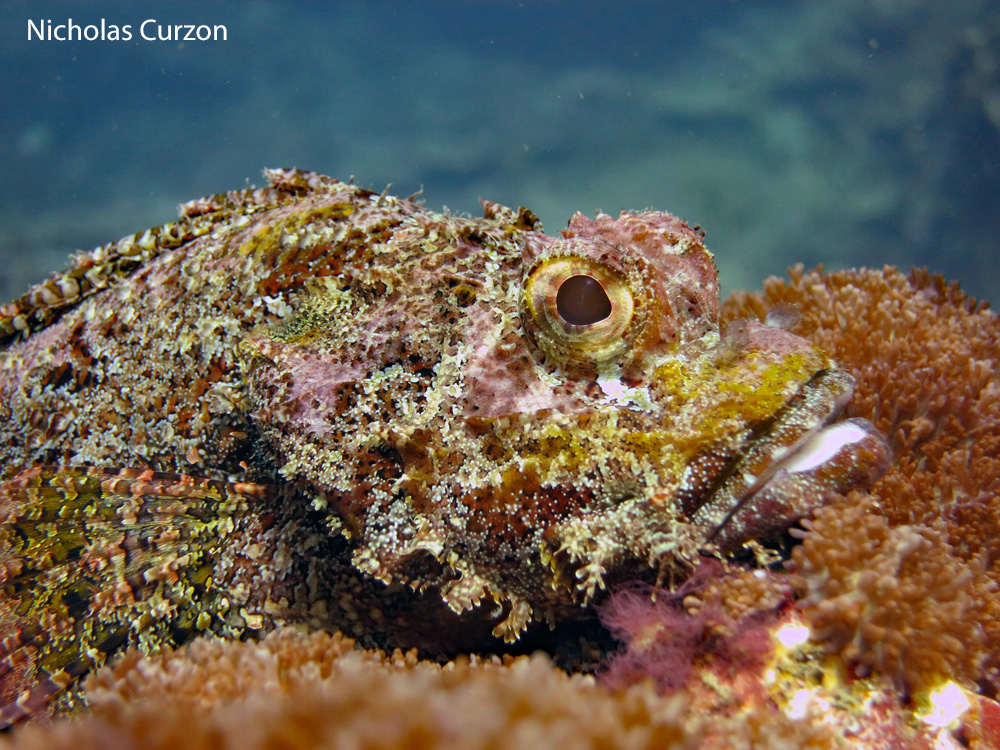
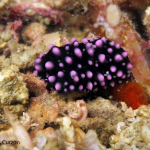
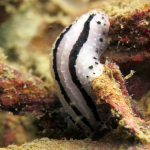
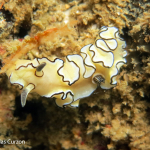
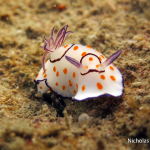
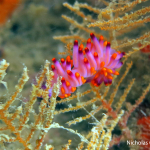
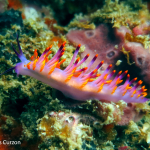
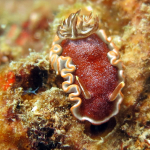
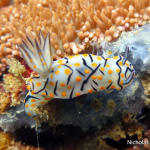
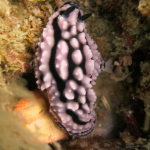
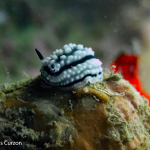
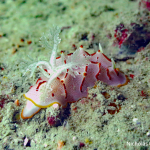
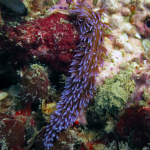
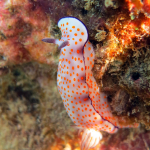
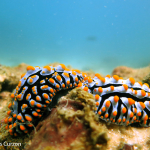
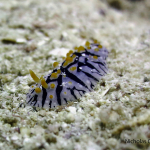
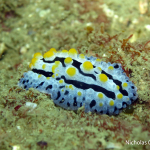
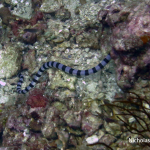
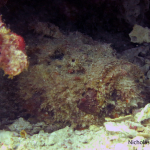
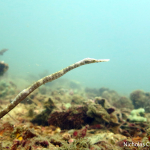
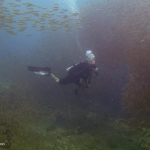
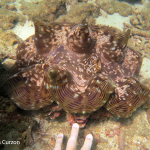
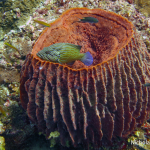
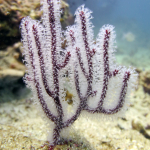
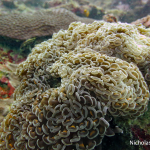
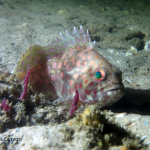
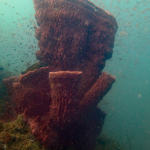
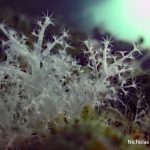
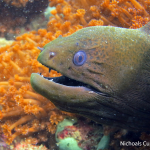
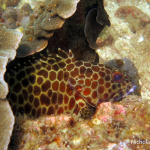
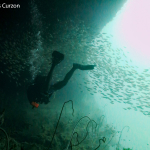
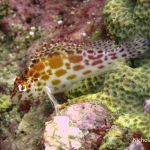
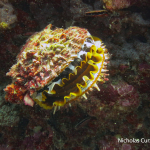
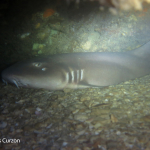
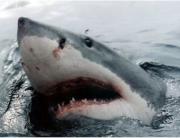
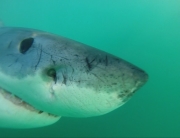
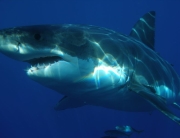
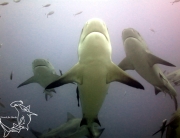
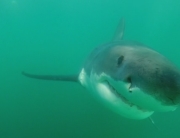










Follow Us